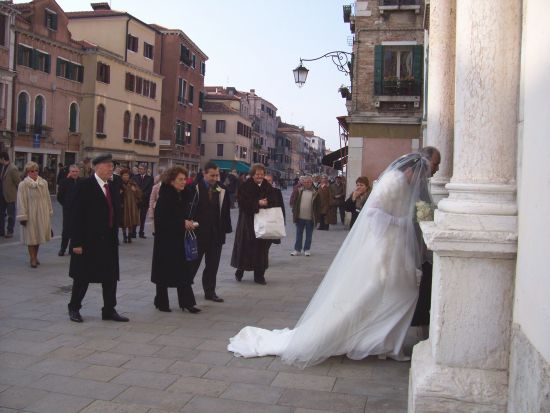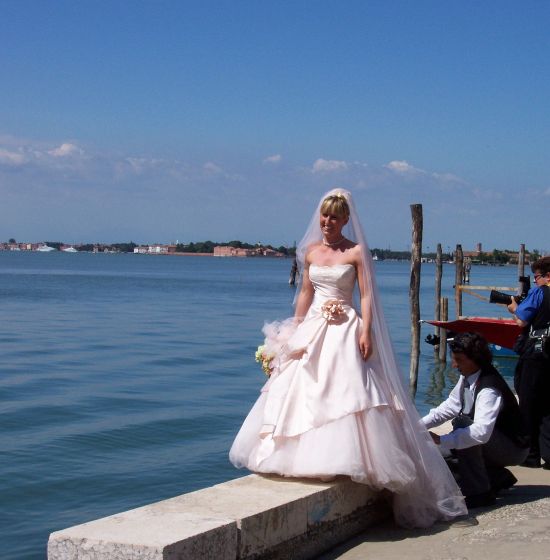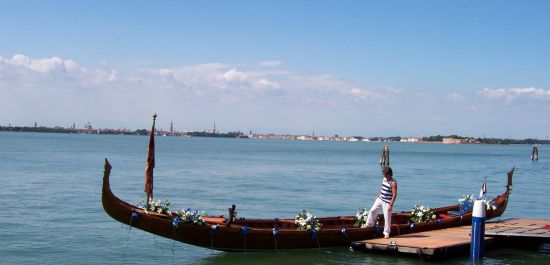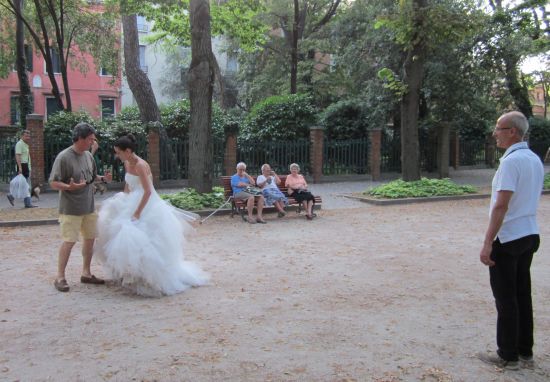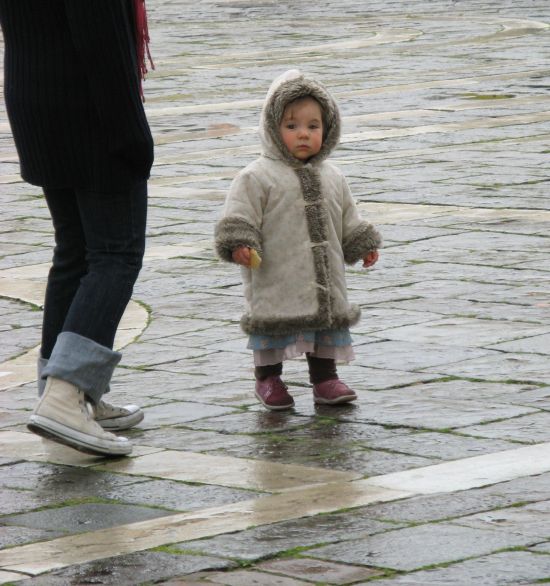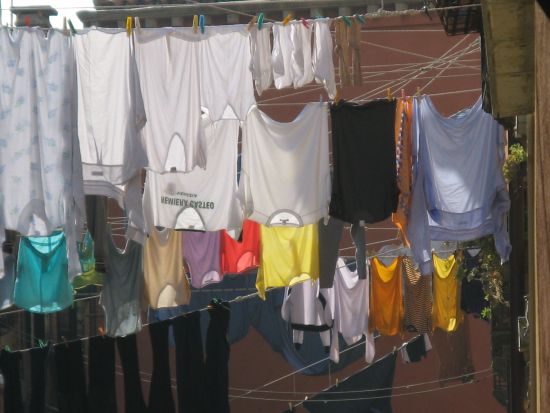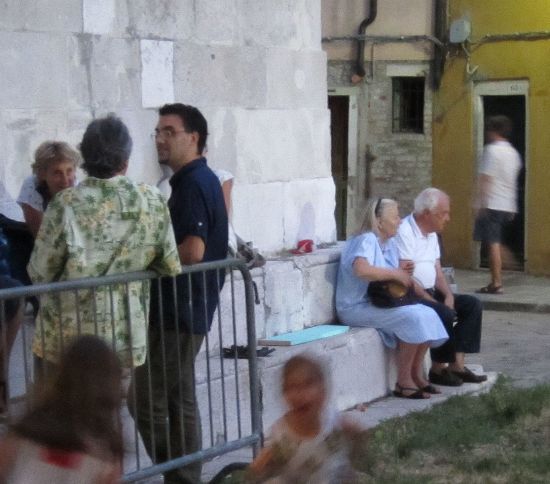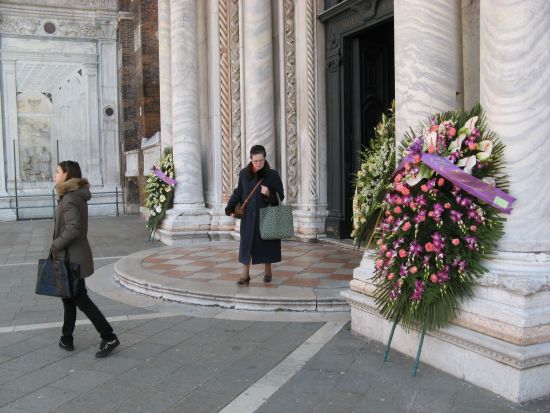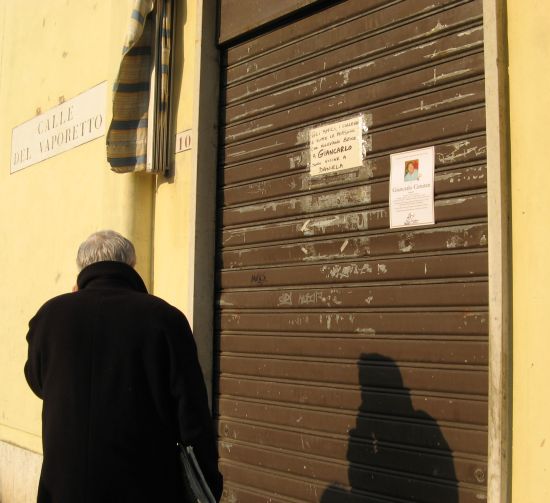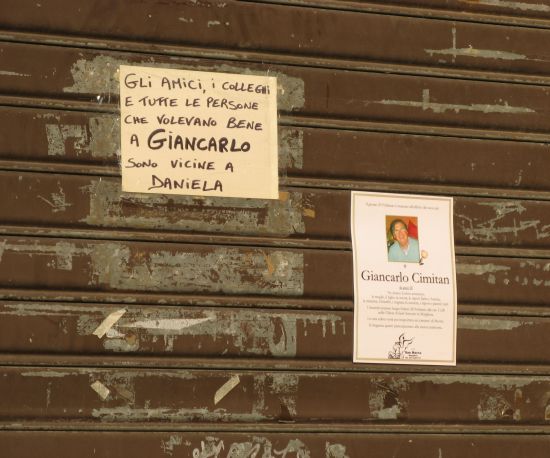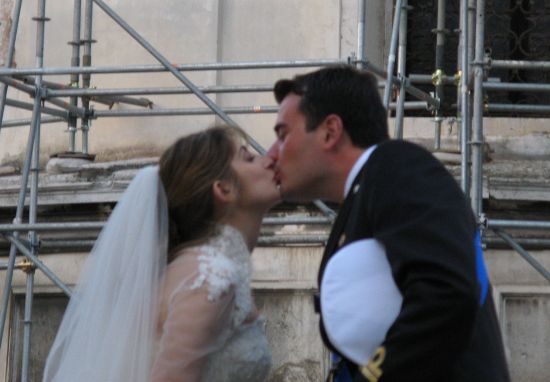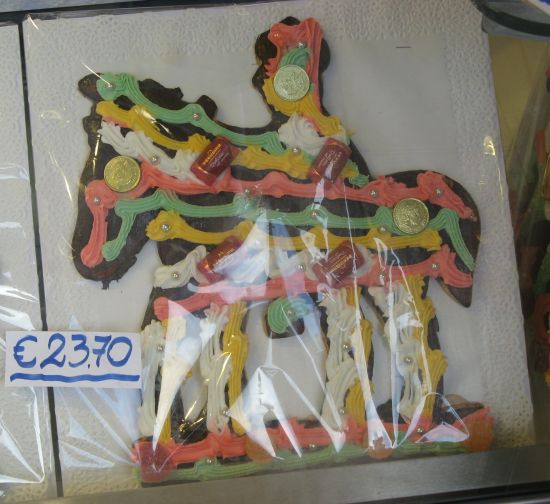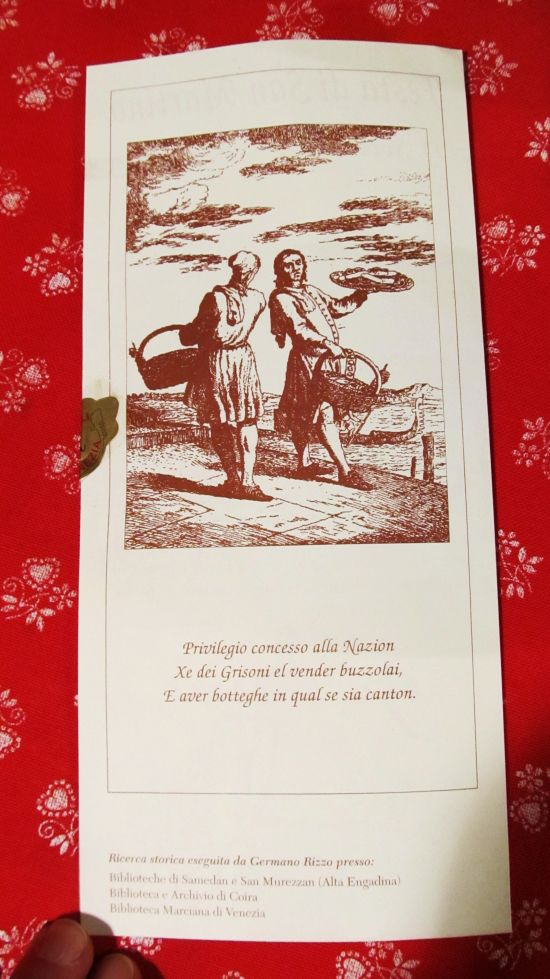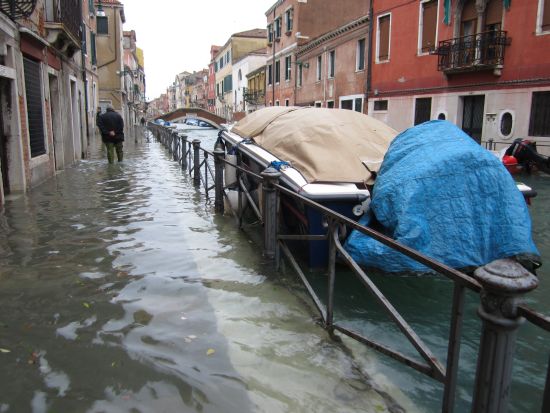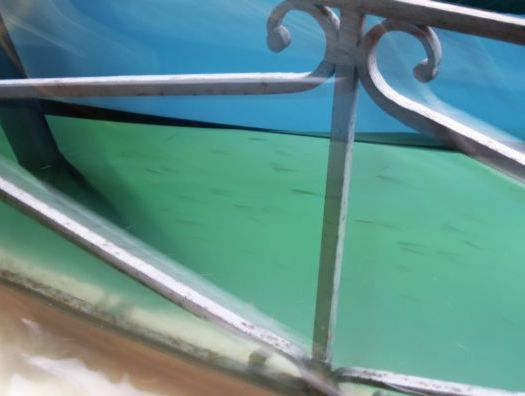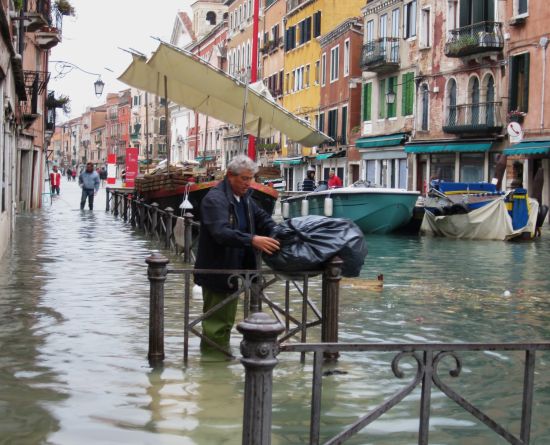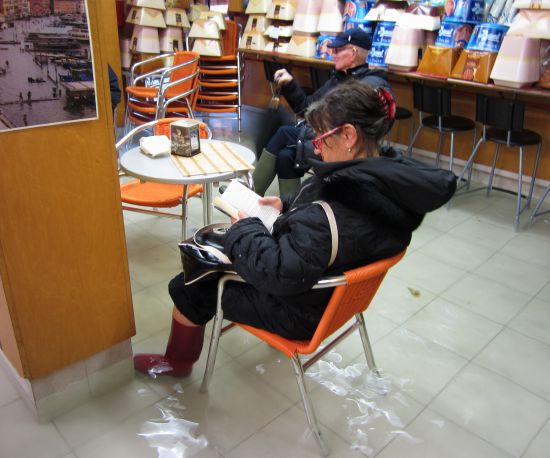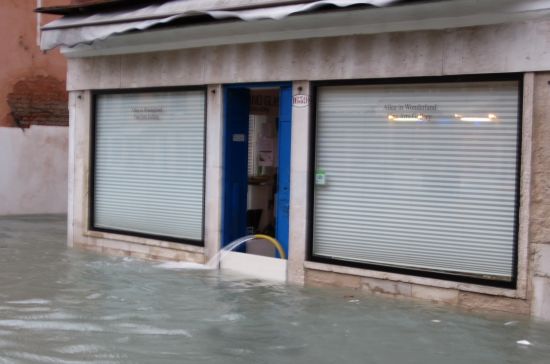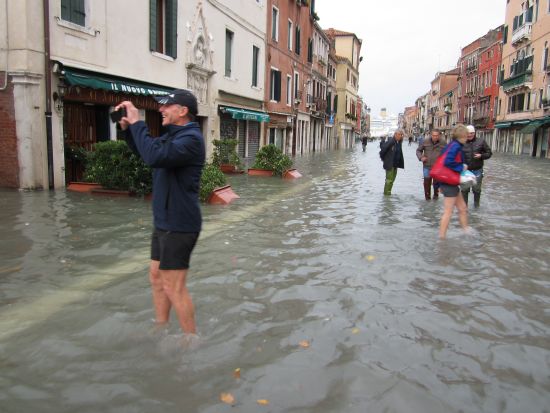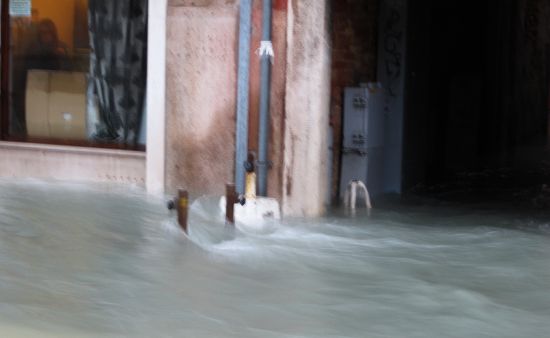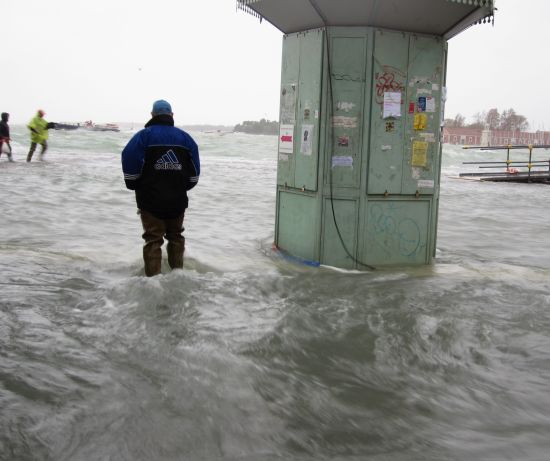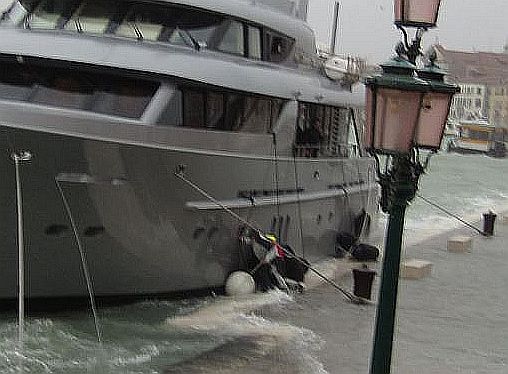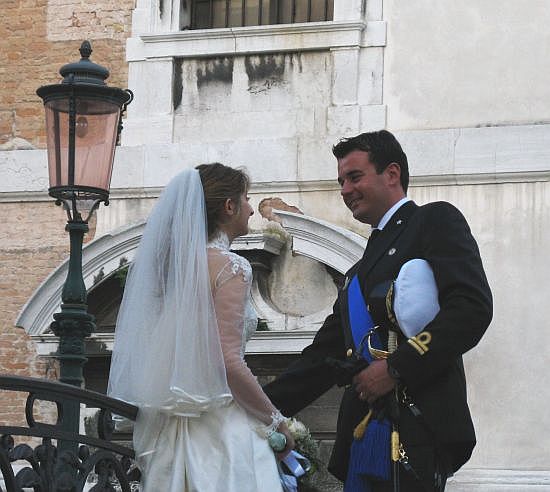
The following has nothing to do with Venice, but a friend has urged (commanded) me to write this, so here goes.
Last month I was in Washington D.C. for two weddings, both involving people extremely dear to me and, as it happens, at two distant points on the matrimonial timeline.
Similarities: Both ceremonies were conducted according to the Episcopal ritual. Both were deeply moving. Both couples are unfathomably in love.
Differences: One was in a historic private house, the other in a small neighborhood church. One was attended by mostly friends; the other by mostly relatives. One was evening, one was morning.
What made the deepest impression on me was not simply the solemnity of the vows, which always affects me, but hearing the same promises spoken across the chasm of time and experience which separates the two happy couples.
Event One was the wedding of my only niece, Re’ Leps, now Teague; both she and her husband, Erik Teague, are on or near 30 years old, joyfully undertaking the first (one hopes the only) marriage of their lives. I regret the lack of a suitable photo here; one will be added as soon as I can get one. But I can introduce them via their websites: Re’ has two (http://www.customclothingandcostumes.com/ and http://www.etsy.com/shop/OneStickVoodoo) and Erik has two which I am unable to make behave as links, but here goes: erikteaguedesign.com and www.etsy.com/opergeist haberdashery.
Event Two, a week later, was the wedding of my widowed ex-sister-in-law who had fallen in love with an amazing (widower) man. Both on or near 70 years old, and joyfully undertaking the second marriage of their lives.

I don’t know which couple was more adorable, the shiny just-minted little newbies or the softly gleaming veterans, bearing the patina of pain and perseverance, who had a very different feeling when pronouncing the very same words.
Certainly they all felt same conviction and sincerity. But it’s one thing to promise fidelity for better/for worse, for richer/for poorer, “in sickness and in health” when you’re young and iridescent with vitality — it’s like promising never to lie or to save ten dollars every month. How hard could this be?
It’s another thing, though, to vow fidelity to someone “in sickness and health” when each of you has nursed your spouse through terminal cancer.
One meditates (“one”would be me) on the beauty of a couple’s determination to do something which they have never yet confronted, and hence has no idea whether or how they will manage to maintain the promise, or what toll it will take when they do.
One also meditates on the beauty of a couple’s promise to do a thing of which they clearly know the meaning, the depth, the breadth, the board feet, the gross tonnage, of what they’re saying.
In any case, all four spouses meant it with all their hearts.
They were good days for Kleenex.
